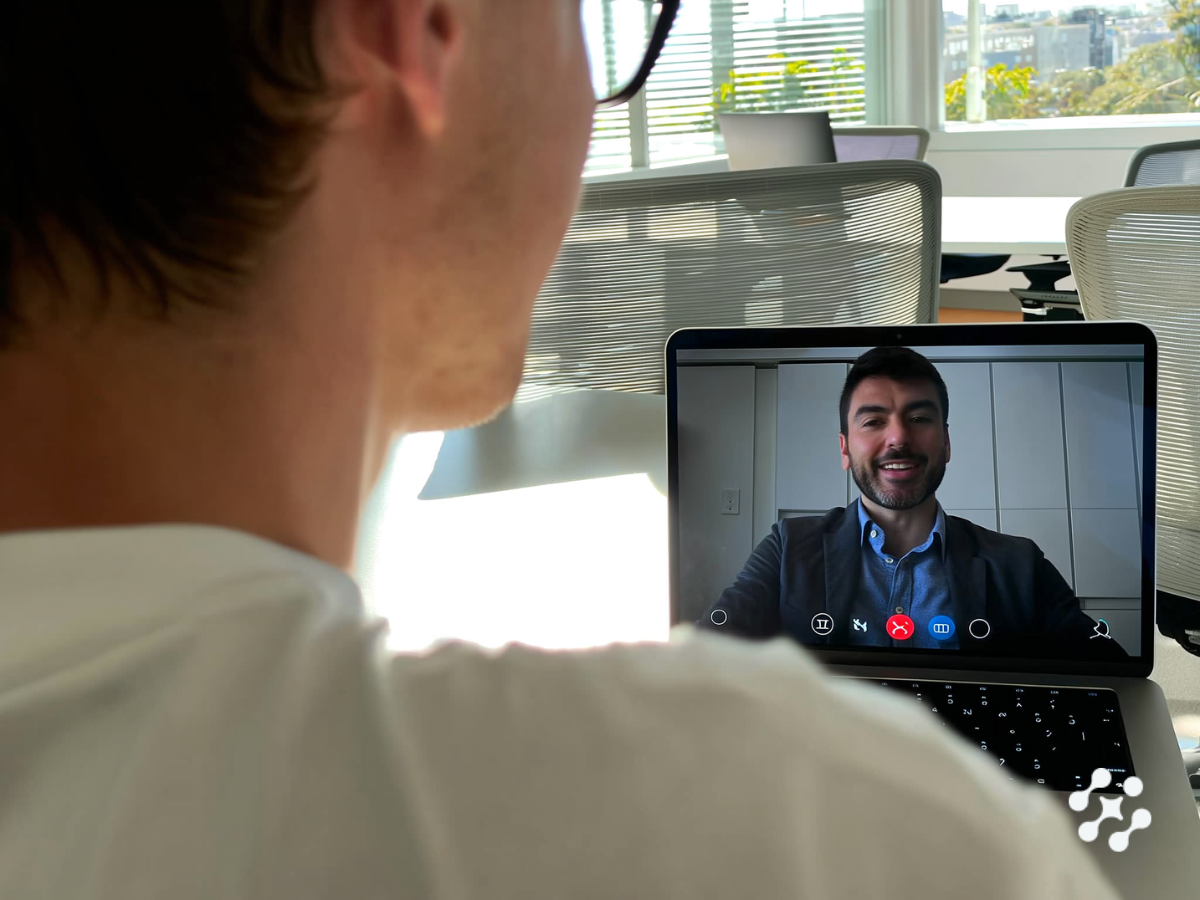Most Recent
Thank you! Your submission has been received!
Oops! Something went wrong while submitting the form.
Showing
12
out of
12
Sales Performance Insights, Direct to Your Inbox
Enter your email address below to get regular sales performance insights.
Thank you! Your submission has been received!
Oops! Something went wrong while submitting the form.
.svg)




.%20(3).webp)


